Apple iPhone 7 vs LG G5
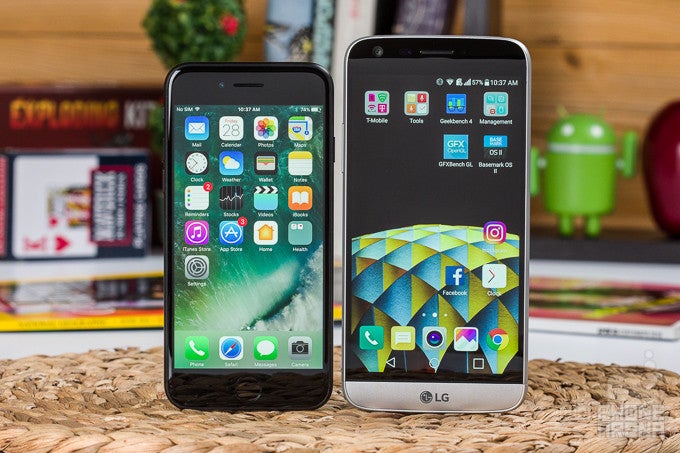
Introduction
Apple’s iPhone 7 seems to be in a league of its own when it comes to sales: it has been the best selling single phone model in the world in the past few years, and there are no signs of this changing anytime soon. This, however, does not mean that there aren’t many other phones that rival it at the high-end spectrum. This year, LG was particularly adamant about its idea of modular design in its flagship G5. A metal phone with an easily swappable battery, expandable storage and a few interesting add-on modules, the LG G5 is an interesting alternative to the iPhone 7.
With an excellent main camera and an interesting wide-angle secondary rear camera, the LG G5 has what it takes to differentiate itself in a world of similar flagship devices.
Is this enough of a reason to recommend it over the iPhone 7? We compare the two phones in depth to see what the benefits and negatives that come with each one are.
Design
The smaller and more pocketable iPhone has the more memorable design and a water-resistant body. The G5 lacks personality, but has a 3.5mm headset jack.
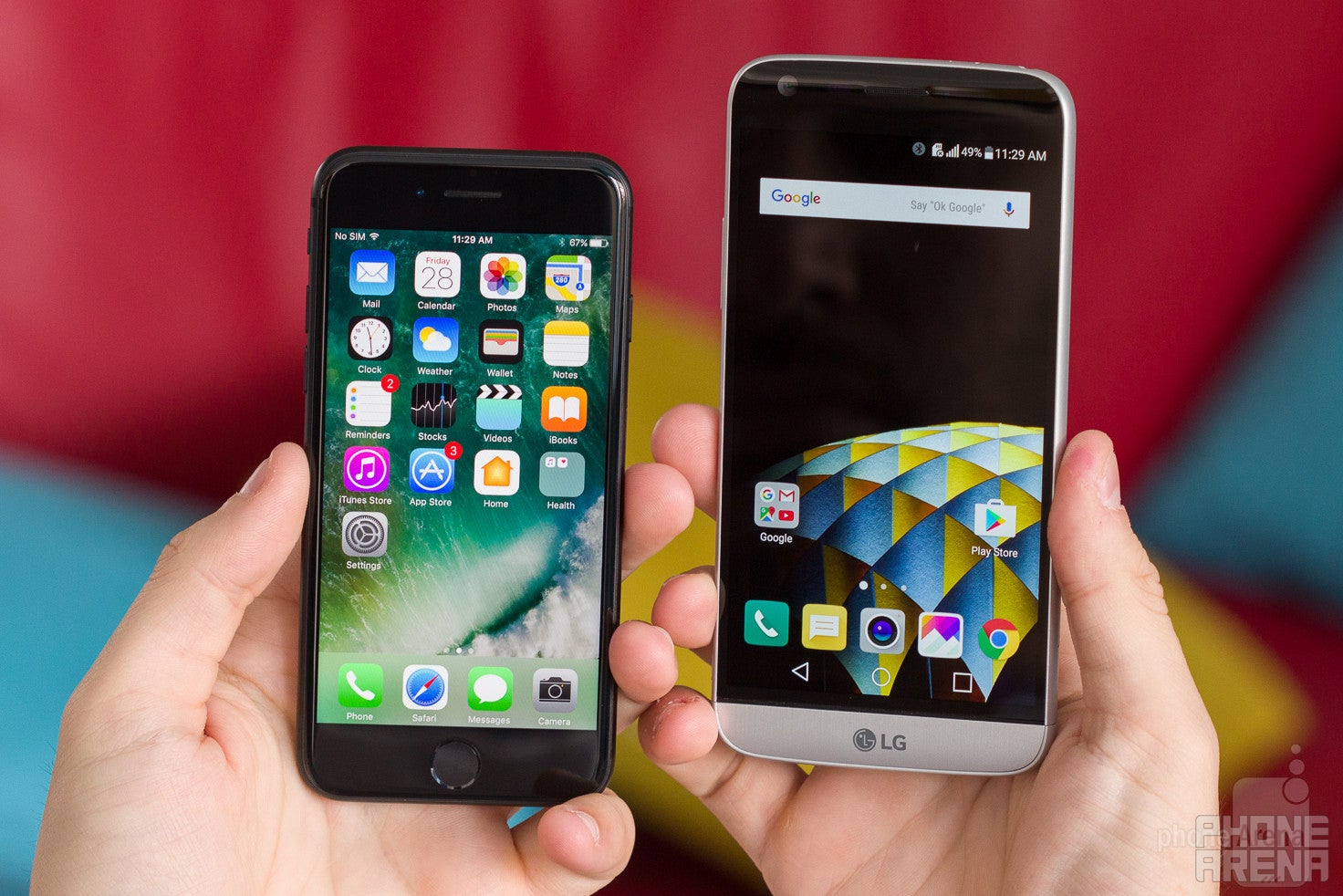

The most obvious difference is in the size: the 4.7” iPhone is way more compact and pocketable than the 5.3” LG G5. The iPhone is both shorter and narrower, as well as a hair thinner. It still feels substantial in the hand: the iPhone 7 weighs 138 grams, which is not heavy by any means, but given its small size is still a weight that gives the device some solid heft. The G5, being the larger phone, is even heavier at 159 g.
Of course, there is one thing that you can’t overlook: there’s no 3.5mm headset jack on the iPhone 7. Apple is betting boldly on a wireless audio as the future and freeing up space for a larger battery by removing the 3.5mm jack. How big of a deal is it? Depends on the user: if you are used to plugging your phone to a pair headphones, to your home stereo system, or via AUX to your car audio, you will need to adjust a bit. Apple, however, does provide a free Lightning port to 3.5mm adapter in the box with every iPhone 7, and there’s a pair of EarPods headphones that now work via the Lightning port, so some of that annoyance is mitigated. The G5 still has a 3.5mm jack.
Both phones feature fingerprint readers: the one on the iPhone 7 is on the front, which is more convenient as you can easily unlock your phone when it’s lying on a table, and it’s the faster and more accurate sensor, while the LG G5 has its finger scanner on the back.
In terms of actual design, the iPhone 7 is practically unchanged from the last two generations of iPhones. Yes, the antenna lines are more discreet now, running along the edges of the phone, and the camera bump is now a well integrated part of the body, but all else remains largely the same. The two new color options: a matte black and a glossy jet black model have been in huge demand, and definitely add a lot of personality to the iPhone 7.
In terms of style, the LG G5 does not have any glaring deficiencies, but just tends to look a bit generic, lacking in personality. Then, there is the modular construction: the bottom of the phone is detached with a simple press of a button, but the juncture between the bottom chin and the rest of the phone is not perfectly hidden and there is a slight, but noticeable gap between the two.
As for the modularity concept, as good as it sounded on paper initially, it turned out that the modules that were offered were a very niche product. Way too few people want a DAC module or a camera grip, and LG has failed to convince people that modules can deliver meaningful features worthy of the awkward bulk that comes with them.
The iPhone 7, on the other hand, adds a meaningful new feature: water and dust protection with a newly acquired IP67 rating, meaning the phone can survive a short drop in water, a surprisingly common occurrence that could be fatal for an electronic device with no such protection. LG’s G5 lacks such protection.
Display
The iPhone 7’s smaller, 4.7” display has more appealing colors, while the 5.3” G5 screen is sharp and good-looking, but not perfectly color accurate.
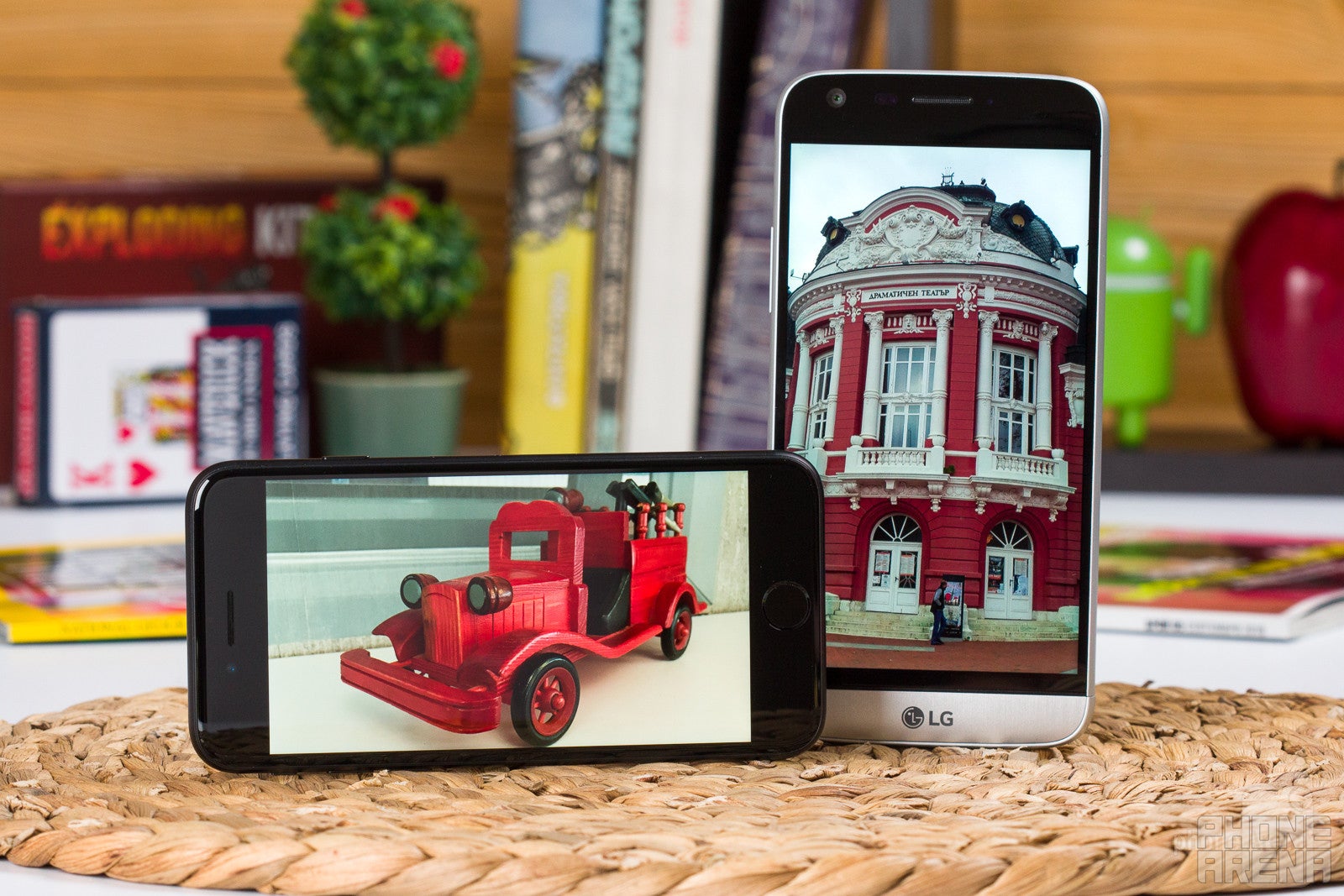
Apple’s iPhone 7 has the noticeably smaller, 4.7” LCD display with a resolution of 750 x 1334 pixels, while the LG G5 has a mid-sized, 5.3” LCD screen with a much higher, 1440 x 2560 pixel (Quad HD) resolution.
True, the LG G5 is the one that has the much sharper display on paper: it has pixel density of 554 pixels per inch (ppi), while the iPhone has 326ppi, but in real life that difference in sharpness is not all that obvious. The places where you do see it the most is when reading text and looking at it from very up close: in those cases you can see a slight pixelization and jagged edges on the iPhone, but it’s a very subtle difference.
When it comes to color, both screens look good, but for different reasons. The LG G5 has eye-popping color that looks appealing to your common user, but colors look unnatural. Folks like photographers who care about color accuracy won’t find it on the G5. The iPhone 7, on the other hand, is the first phone to support the wider-than-sRGB DCI-P3 color space with native color management, meaning that the phone is able to show the wider, richer colors of DCI-P3 when they are there, but also fall back to sRGB when it needs to show sRGB content. It’s a great system and Apple is the first one to get there with native color management. The screen truly is very accurate to both these standards and is a pleasure to look at.
Both phones also can get very bright. On paper, the G5 outputs the impressive 816 nits, against 632 for the iPhone 7, but in reality, LG's phone is harder to view under sunlight.
The iPhone 7 also has the useful Night Shift option that filters out blue light at night, done to help our brains prepare better for sleep and not be distracted by the blue light. The LG G5 lacks such an option natively.
The LG G5, on the other hand, has an always-on display option that shows you things like the time and date even when your screen is locked. This is a cool feature to have, but we wish text was a little brighter since it’s almost impossible to see it during the day. At night, though, it’s not too bright and you can easily use the G5 as a night clock. The iPhone lacks such an option.
Interface and features
The G5 features an app drawer-less take on Android that runs mostly fine in daily use, but the iOS ecosystem is richer in features

The LG G5 is an Android phone, while the iPhone 7 runs Apple’s iOS, and this - of course - means there are significant differences in the user experience.
Apple’s ecosystem is the ‘closed’ one, with less customization options, more limited access to the system, but that is also the beauty of iOS: this way Apple is able to keep the platform more secure, prevent app piracy, and enjoy a more vibrant app and games ecosystem.
Interestingly, though, LG’s custom take on Android in the G5 resembles iOS in one key aspect: by default, there is no app drawer, so all of your apps get stacked on your home screen. You can enable an app drawer, but it’s a bit of a hassle: you have to locate the LG SmartWorld app and there, search for an app called LG Home that you then install and apply as a home screen launcher that comes with an app drawer.
Other interesting LG tweaks to Android include the use of the fingerprint to lock your private photos and notes. Overall, the custom LG skin takes some getting used to, but while it’s not the prettiest in terms of icon art, it works mostly well.
Apple’s iOS 10 interface is nothing new, so we won’t go in great detail covering its every single feature, but let’s just mention the fact that the iPhone 7 has the cool 3D Touch that adds a few neat shortcuts to the iOS experience. Core apps like iMessage have also been redone with stickers and a ton of additional features.
Performance, Processor and Memory
The Apple A10 chip is faster and it provides a smooth, stutter-free experience on the iPhone. The Snapdragon 820 on the G5 is fast, but not on par with the A10.
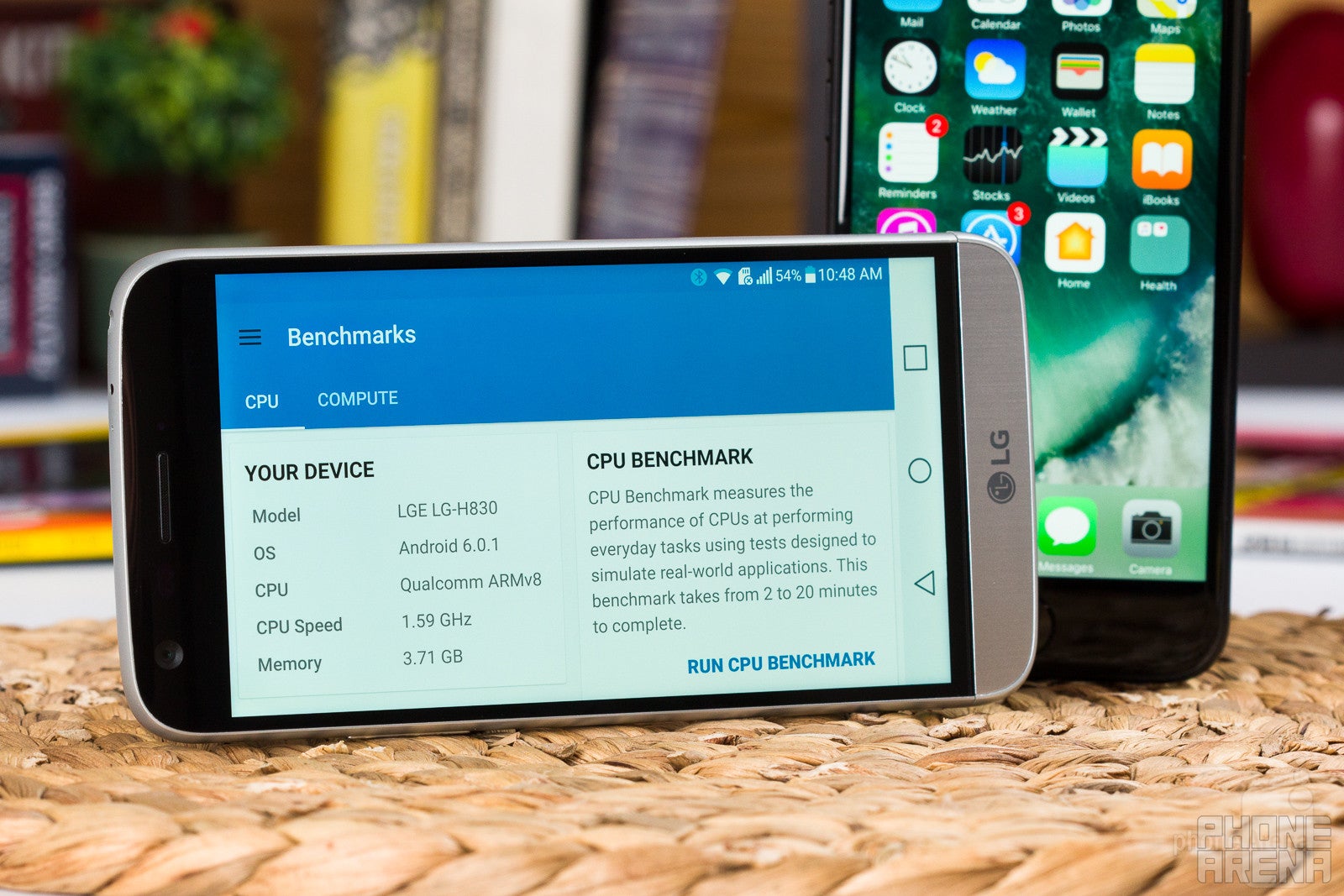
The iPhone 7 is powered by the latest Apple-made A10 Fusion system chip, while the LG G5 uses the common for Android flagships Qualcomm Snapdragon 820 silicon.
Both are high-end chips that do an excellent job securing a fast and smooth performance in the daily grind. Due to its excellent software optimization, the iPhone is the one that runs more smoothly, able to support an excellent frame rate all throughout. The LG G5, on the other hand, does not stutter either, but there is a slight hiccup here and there, even when you unlock the phone while using its cool live wallpaper, you notice a very slight drop of framerate.
Power users will look at benchmarks and benchmarks show one thing clearly: the A10 Fusion in the iPhone 7 is more powerful in both CPU-demanding tasks and in games and other graphics-intense apps.
When it comes to internal storage, Apple sells a 32GB, 128GB and 256GB versions of the iPhone 7, with no microSD card expansion option. Apple uses a fast type of NAND storage with a custom controller on the iPhone. The LG G5, on its part, is offered in a 32GB version using the also fast UFS 2.0 storage. Unlike the iPhone, you can expand the built-in storage on the G5 via a microSD card slot.
Camera
The 12MP iPhone camera captures images with eye-popping color, and it excels in video. The 16MP camera on the LG G5 shoots very detailed pictures with more natural colors. Both are good for low light situations.

While there is a lot of talk about the iPhone 7 Plus’ dual camera system, it’s worth noting that it was actually the LG G5 that was one of the first dual-camera systems on a modern high-end phone. The G5 features a large camera hump on the back, where its two cameras reside: a super wide-angle, 12mm f/2.4 one with a resolution of 8 megapixels that looks a bit like what’s captured on a GoPro in terms of how wide the view is, and a more regular, 29mm f/1.8 one with higher quality, 16-megapixel output. The iPhone 7, on the other hand, has a single 12MP camera with a six-element, 28mm f/1.8 lens. In terms of sensor size, the main 16MP LG G5 shooter is a 1/2.6-inch one, larger than the 1/3" iPhone sensor. Both cameras also have an optical image stabilization (OIS) unit that helps stabilize the camera in low light.
The camera app on the iPhone 7 is your standard iOS affair: delightfully simple. You can easily tweak exposure, but there are no further manual controls (but there are third-party apps for that). The LG G5 camera app comes with a similar simplicity in its default form, but you can also switch to a more complex manual view that has a ton of manual controls: white balance, manual focus, exposure, ISO, shutter speed, as well as exposure locks, and even a live histogram, white balance temperature reading and exposure meter, and reports about the currently used ISO, shutter speed and aperture. While this is an overkill for the overwhelming majority of users, photography enthusiasts and pros will be delighted by how well all of these controls are represented.

What you’ve come here for, however, is to learn not about just specs, but about the actual image quality. The iPhone has gained a wider-aperture lens and is able to capture more light, and the images it shoots appear much more vivid on that new wider-gamut display. Still, it has features typical for an iPhone camera: deep, pumped-up colors, a bias towards yellow, great level of dynamics, and a smart and subtle auto HDR feature. It’s also a fast camera, able to lock focus instantly. The LG G5, on the other hand, is definitely not as fast, but in terms of image quality, it is on par. In most scenarios, the LG manages to deliver slightly better details, although the advantage may not be immediately apparent, in case you don't inspect the images from up close. When it comes to color reproduction, neither camera pulls ahead of the other. In half of the scenarios, the G5 comes up with a more natural-looking image, but in the other half, the iPhone 7 is the more realistic one.
The big improvements for the iPhone come in low light photography as the wider, f/1.8 lens lets more light in and allows for shots that were not possible on earlier iPhones. The LG also has an equally wide f/1.8 lens, so there’s parity here. We found the iPhone a bit faster in low light, which was an important advantage in some cases. The quad LED flash on the iPhone is a bit brighter and has a nice anti-flicker feature. However, the one on the LG G5 seems to be doing a better job at illuminating a close-range scene.
The iPhone also has the Live Photos option that captures a moment before and after the image, and animates your otherwise still photograph memories. The G5 lacks such a feature.
Up front, we have a new and higher-res 7-megapixel camera on the iPhone 7, while the G5 sports an 8-megapixel front camera. The jump in quality on the iPhone 7 is big when compared with earlier iPhones, but when compared with the G5, we’d say both capture selfies with similar level of detail and quality. Both phones shoot some of the better selfies that you can snap on a modern smartphone.
In terms of video quality, both phones are capable of recording 4K video at 30 frames per second. The bit-rate on both is around 45 Mbps, but it is the iPhone that has the upper hand in terms of video quality. Colors and exposure tend to look better and more realistic on Apple's handset, whereas the LG's footage may come out darker, with not-so-pleasantly oversaturated colors.
Multimedia and sound quality
Apple introduces a new dual speaker system in the iPhone 7: along with the traditional bottom-firing speaker, there is now a secondary, forward-facing speaker built right in the earpiece that helps achieve louder sound. The LG G5, on the other hand, has a single bottom-firing speaker that does a very good, comparable in terms of loudness with the iPhone, but we’d still say the iPhone has slightly fuller sound.
The elephant in the room concerning audio is without a doubt the lack of a 3.5mm headset jack on the iPhone 7. It’s an omission that will probably inconvenience some: those who already have a set of good 3.5mm headphones, those who plug in their phone to the AUX port on their car, or those who play to their home sound system directly via a phone. Thankfully, Apple ships an adapter in the box, so the omission of the 3.5mm jack on the phone itself isn't such a show stopper.
Call quality

We have no major complaints about call quality on either phone: both sound sufficiently clear and loud to be able to carry out conversations with ease.
On the LG G5 in particular call volume is more than sufficiently loud, but when you use the phones at its loudest levels you might notice a bit of the distortion in voices. The iPhone 7 remains a bit clearer even at highest volumes.
Battery life
The G5 will have you sweating to find a charger before the end of the day, while the iPhone lasts a full day, but recharges very slowly.
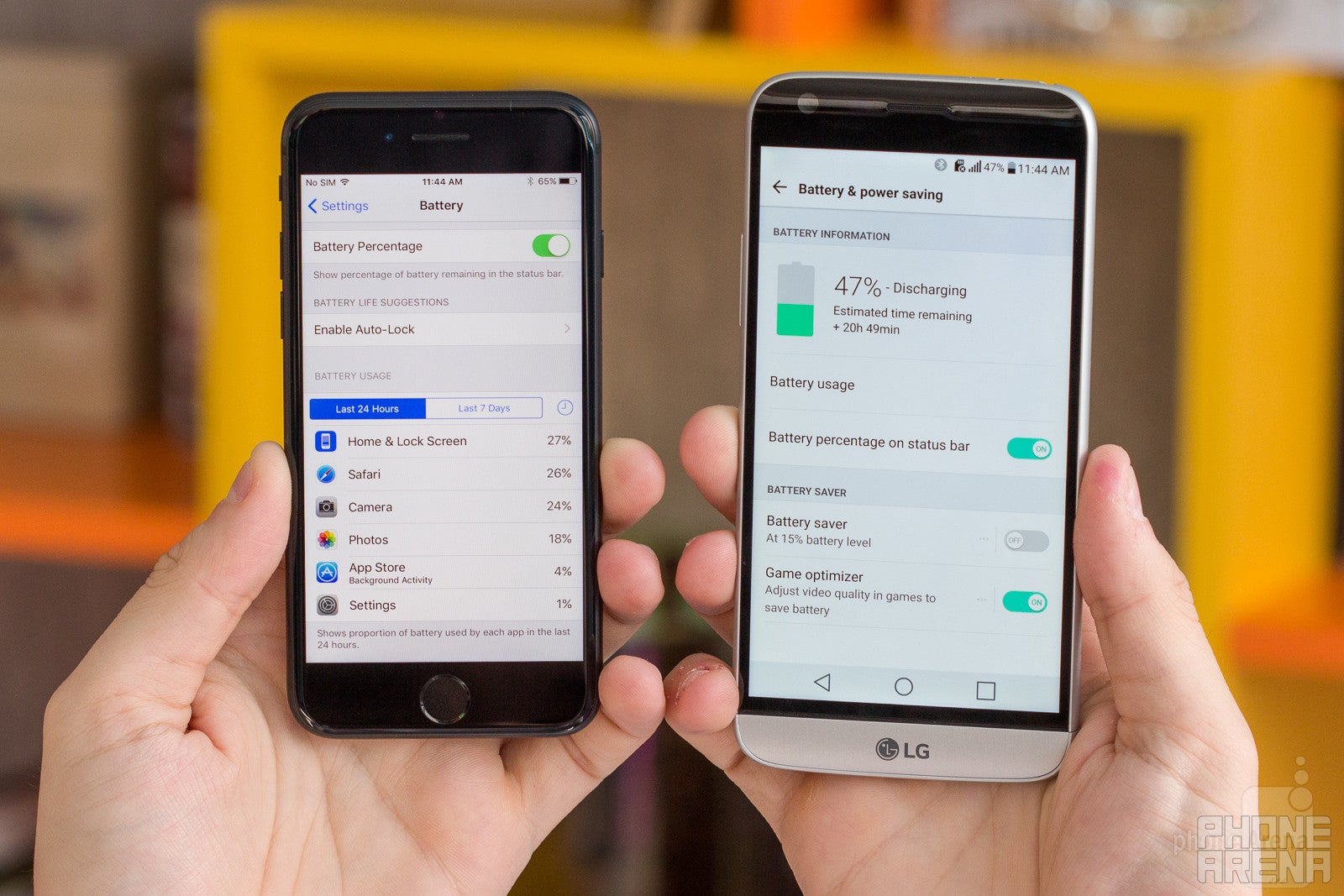
Apple’s iPhone 7 is able to squeeze some seriously impressive battery life out of the smallish for Android standards size of its battery, but how does it compare against the LG G5? First, we should mention that the iPhone 7 features a 1960mAh battery, larger than in previous iPhones as Apple has freed some space with the removal of the 3.5mm headset jack. In comparison, the LG G5 has a 2,800 mAh battery.
In our custom battery test, the iPhone was clearly the one with longer battery life. In fact, it is the LG G5 that showed up with a somewhat disappointing score: just 5 hours and 51 minutes, less than the average for a 2016 flagship. The iPhone 7 battery test resulted in longevity of 7 hours and 46 minutes, which is considerably more.
In real-life use, you may have a hard time getting through a full day of use on the LG G5, especially if you use the camera and / or other intense apps more. The iPhone 7, on the other hand, is better prepared to take on the challenge of a long workday, and it will likely last into the evening, so that you can have a peace of mind that your phone won’t die on you when you go out on a Friday evening.
Then, there is the charging situations. While LG’s battery does not last long, it comes with one clear advantage: it is extremely fast to recharge, taking just 1 hours and 16 minutes to fully recharge from 0 to 100%. This is one of the fastest charging phones we’ve ever tested and a quick top-up mid-day will definitely help you stay charged throughout a longer day. The iPhone 7, on the other hand, does not support quick charge in any form, and takes a long 2 hours and 21 minutes to fully charge its battery.
Conclusion
By facing the iPhone 7 in a direct comparison, the LG G5 has a very hard time standing on equal footing.
It’s clear that the iPhone 7 has a lot more going for it: the faster chips and the smoother performance, the nice extra that is water resistance, the rich ecosystem and well thought out interface, the good battery life, the many Apple services like Apple Pay, the Health app and integration with a rich ecosystem of accessories and things like the Apple Watch.

At the end of the day, this is understandable: the LG G5 is the cheaper of the two. In the United States, the G5 is currently offered with a $100 gift card at about the same retail price as the iPhone 7, but internationally there is a much more significant gap between the price of the G5 and the iPhone 7.
Still, the LG G5, has its strong points: we enjoy its capable camera, the super fast charging, and the fact its interface now runs relatively stutter-free. Sure, the G5’s modularity turned out to be nothing more than a gimmick, but if you can get the phone at a fair (and significantly lower than the iPhone) price, it’s worth taking a look. If money is no concern, though, the iPhone is the winner.
Apple iPhone 7
Pros
- Great-looking display
- Water resistance is a nice extra
- Faster performance than any other phone currently on the market
- Comes integrated with premium services
- Very good battery life
LG G5
Pros
- More affordable price
- Quick Charge support
- Easily swappable battery
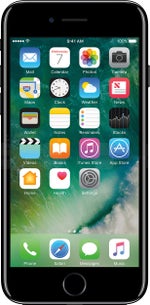
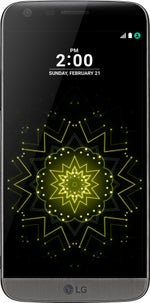



























Things that are NOT allowed: